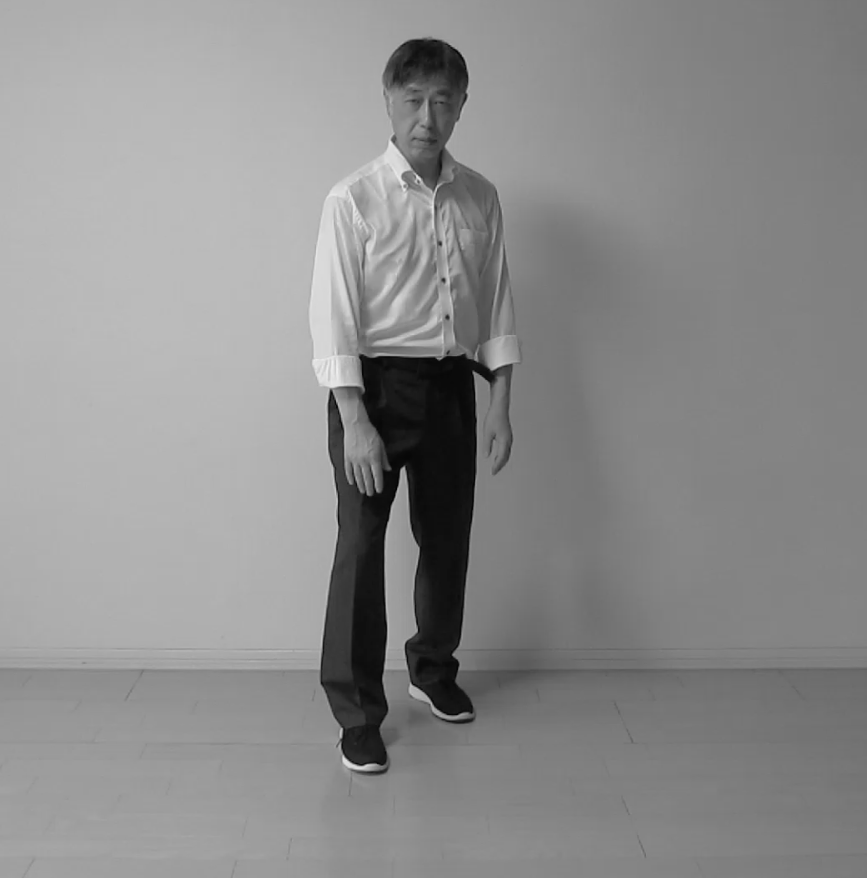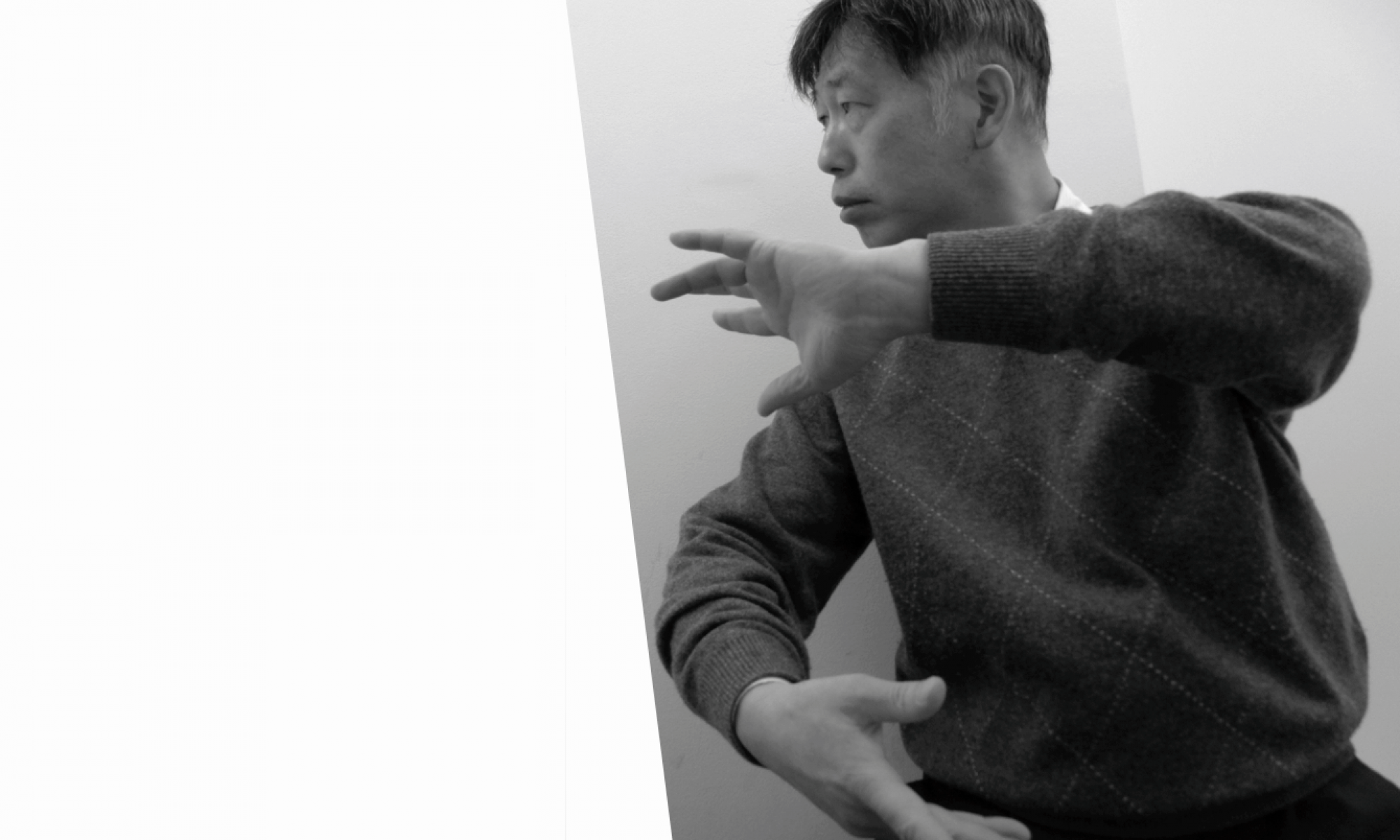
In martial arts, it is often said to “taking the midline”, but what does that mean?
In my understanding, it’s a moment that makes the opponent think they lose it.
In other words, this is the moment you think you got it.
In striking martial arts, I think it is sometimes explained together with “Sen no Sen (Anticipative initiative)”.
I think it can be explained from a mechanical angle.
“Take the midline” is an expression not found in Chinese martial arts, but I would like to talk about it from my experience in martial arts.
Anatomically, the midline seems to be defined as a vertical line that divides left and right symmetrically when standing straight facing the front.
Chinese martial arts do not have the word midline, but they are always taught to “don’t front body facing ahead.”
Always hold in a half-body position with respect to the other party. Either in front of the right shoulder or in front of the left shoulder. There is no frontal attitude to martial arts. In Chinese martial arts, the human body is regarded as a board, and the structurally flat side is the front. It is weak when pushed from the front, but strong even when pushed from the side, so it can withstand.
In other words, “taking the midline” can be interpreted as attacking the opponent’s centerline from a weak angle.
You may think, “Well, isn’t it easy?”
However, if you try to go around to take the midline, the opponent will naturally rotate while defending.
As a result, the midline cannot be taken. Taking the midline is not a simple move..
In battle, the posture of the right-handed and left-handed half-body changes frequently.
In Chinese martial arts, it is taught that the left and right sides should be switched so that the other party does not notice.
This is called “passing through”.
Swapping left and right with normal rotation on the axis is considered a low-grade movement.
Tai Chi is no exception, and as long as it is a martial art, it does not rotate on an axis.
When receiving the opponent’s fist, the body axis disappears and the posture of the half body is switched left and right.
In Tai Chi, this is called “Hua Jin (Neutralization)”, and if you can’t do this, you can’t become stronger.
Martial arts are a bargaining of “Sen no Sen (Anticipative initiative)” and “Go no Sen (Responsive initiative)” on the time axis, and “taking the midline” on the spatial axis. These are all intangible worlds that are invisible at the beginner stage of martial arts.
Martial arts become interesting when you can see these levels.
Let’s sweat each other aiming for the highest of martial arts.
